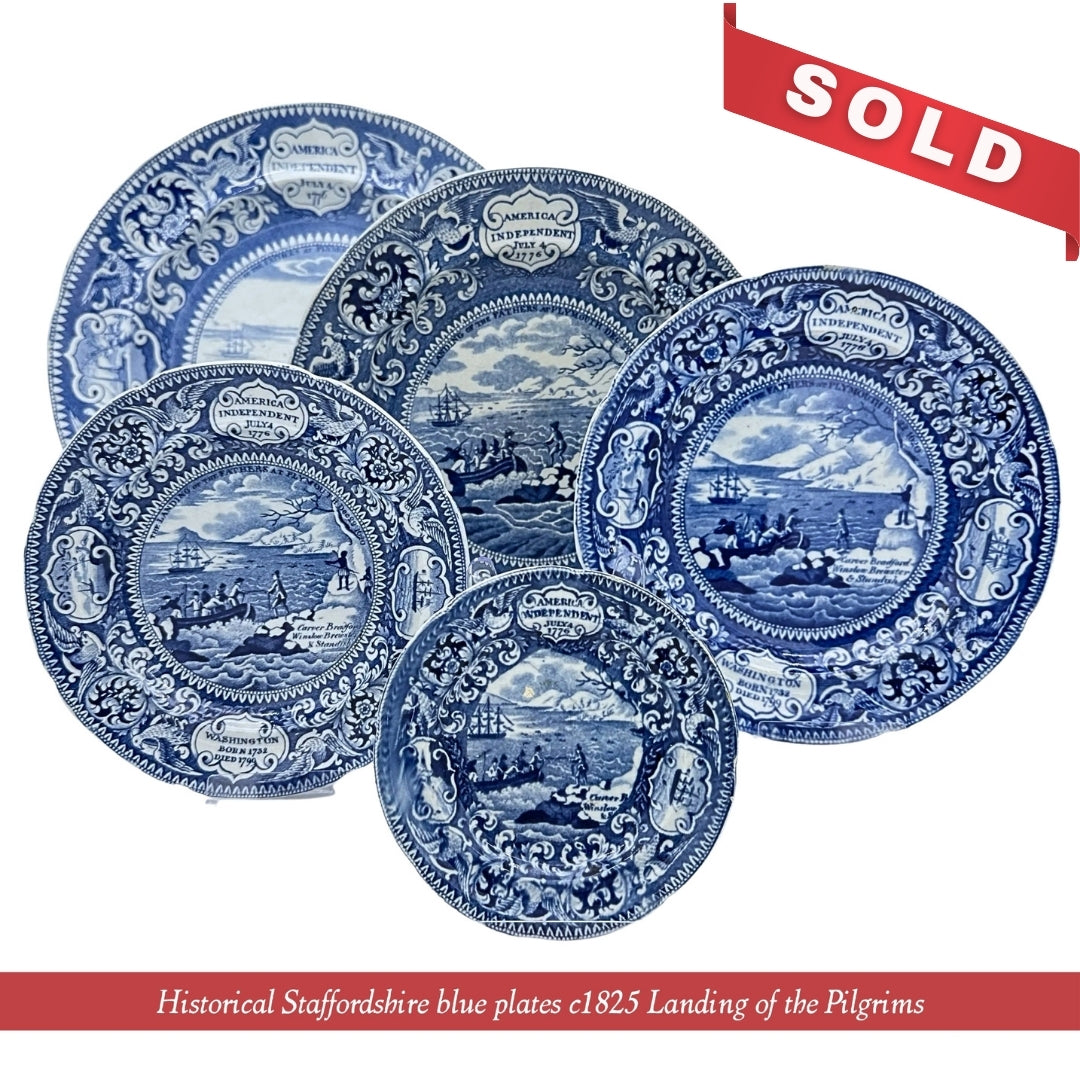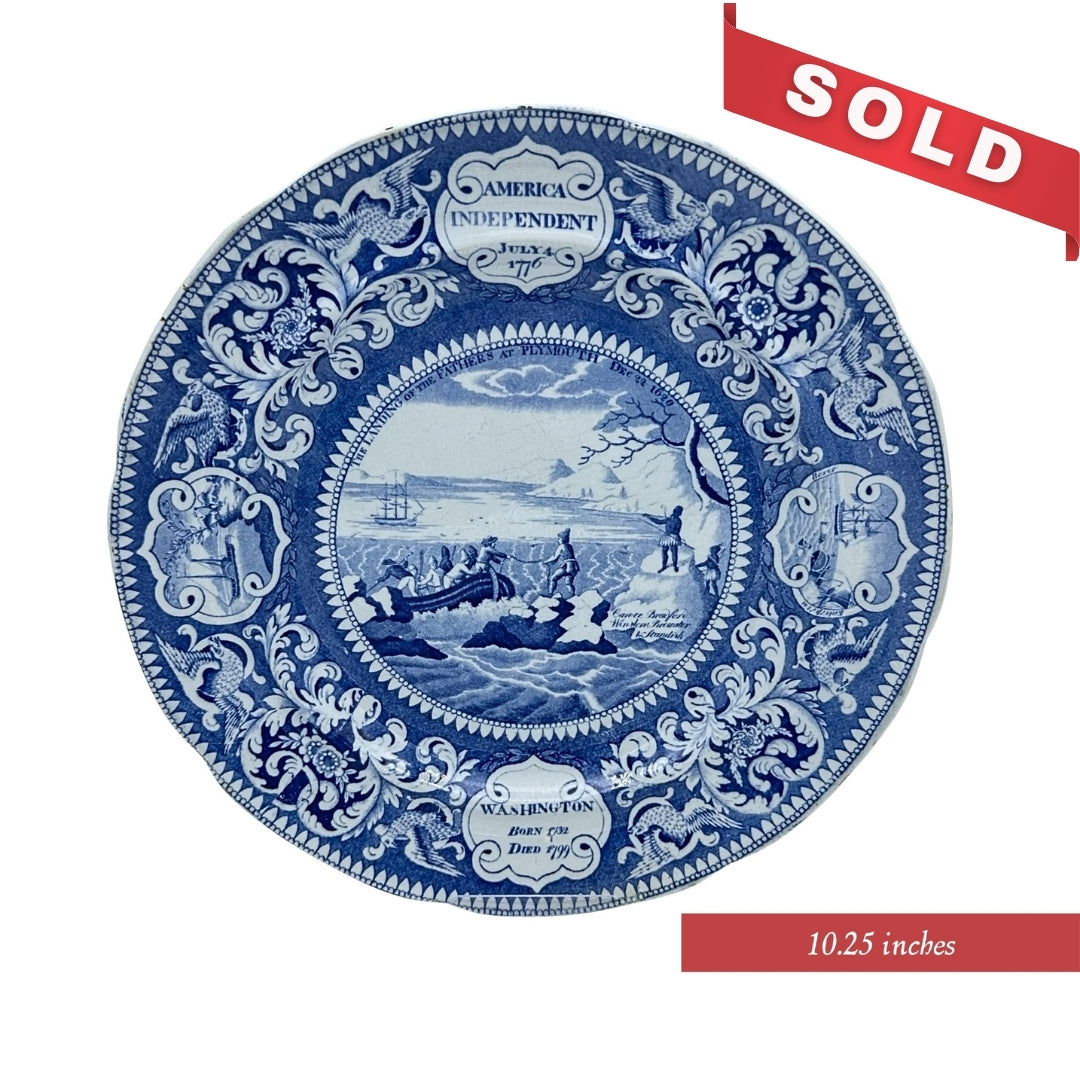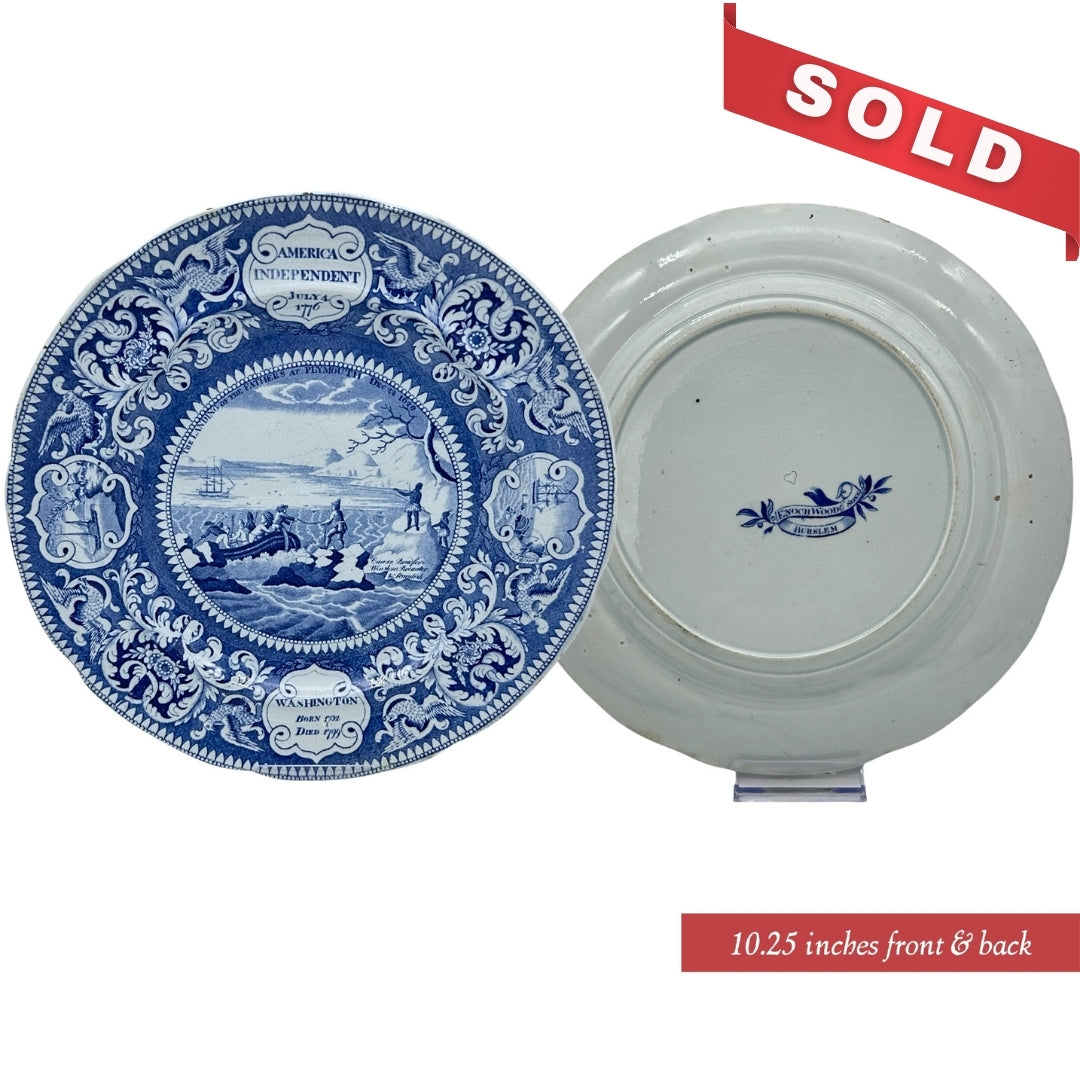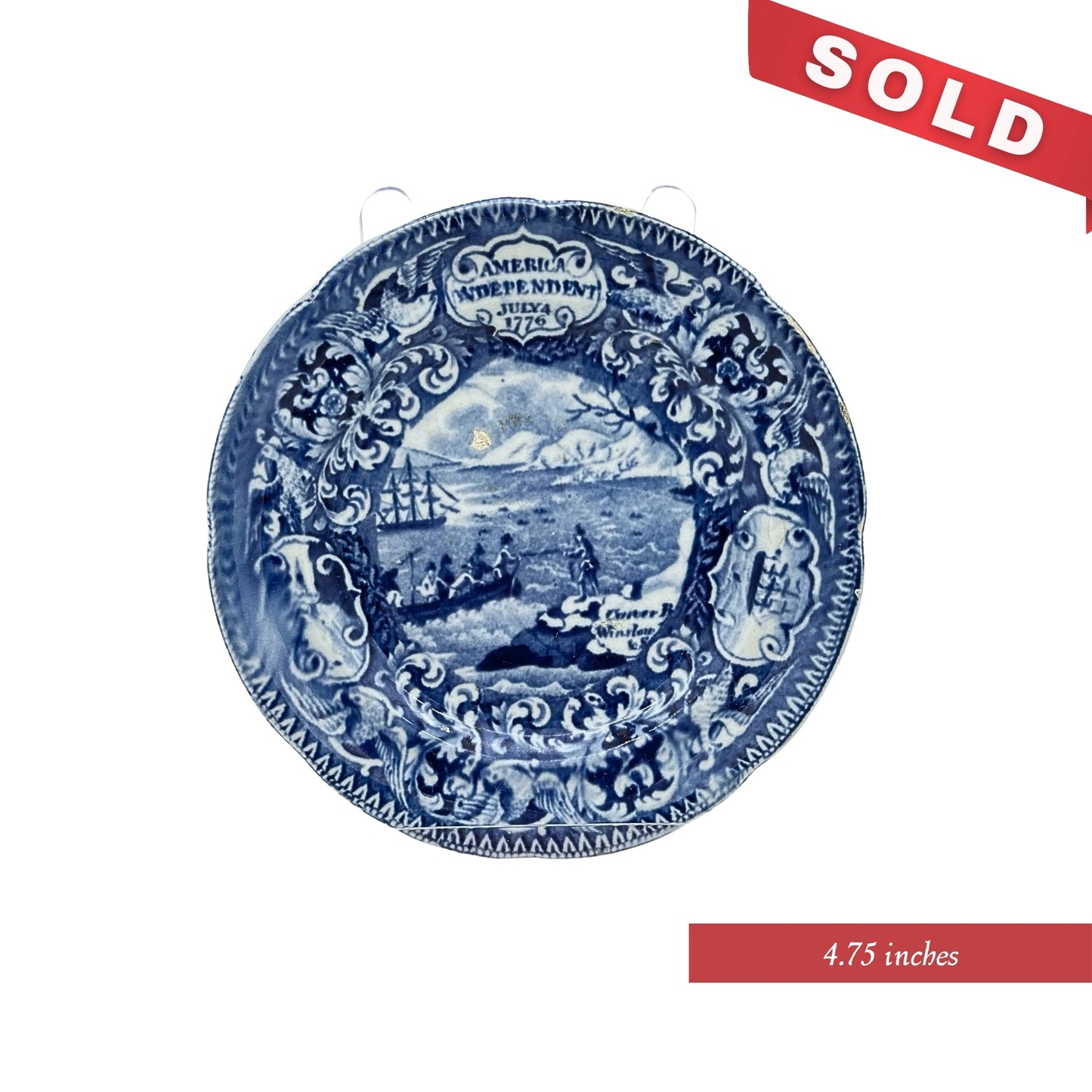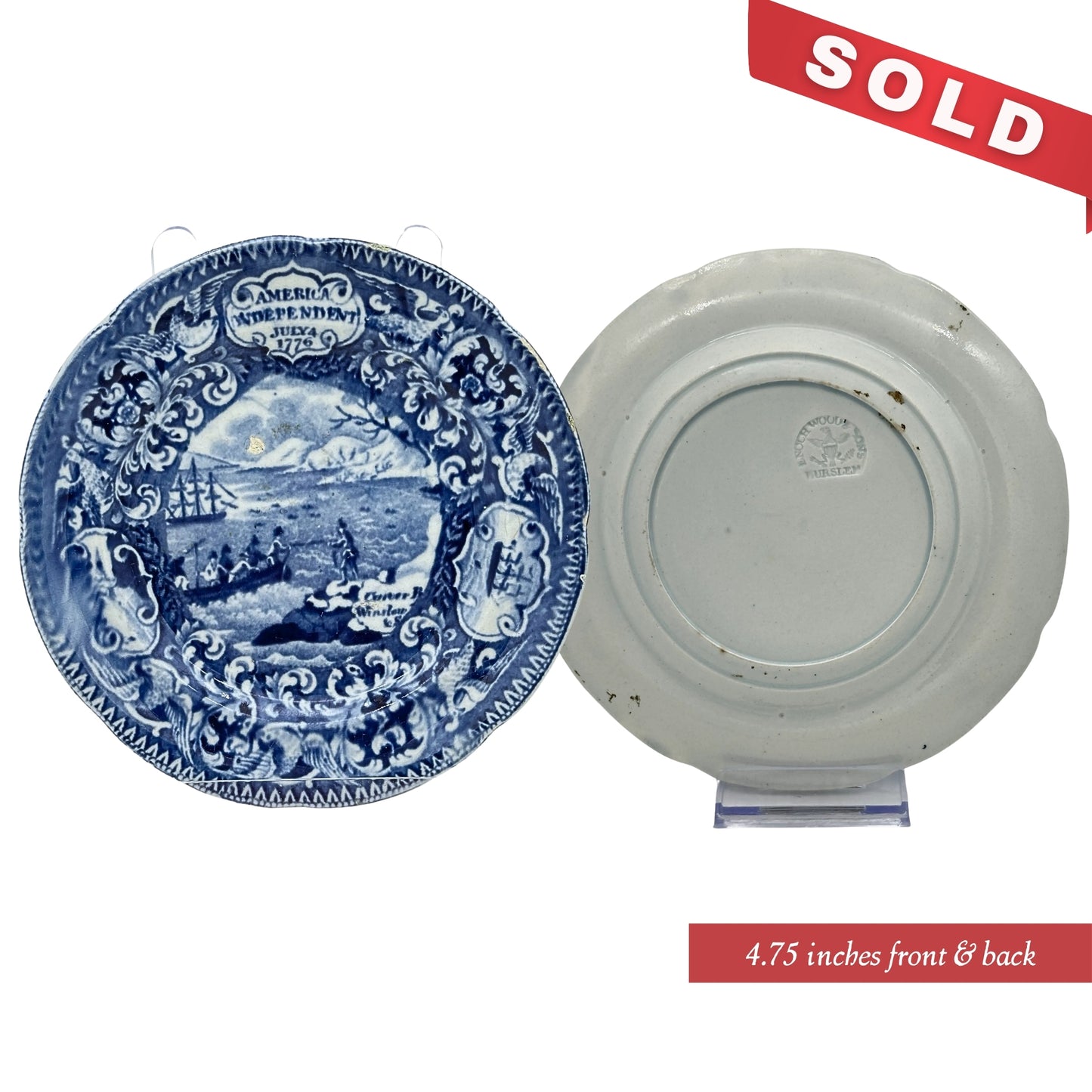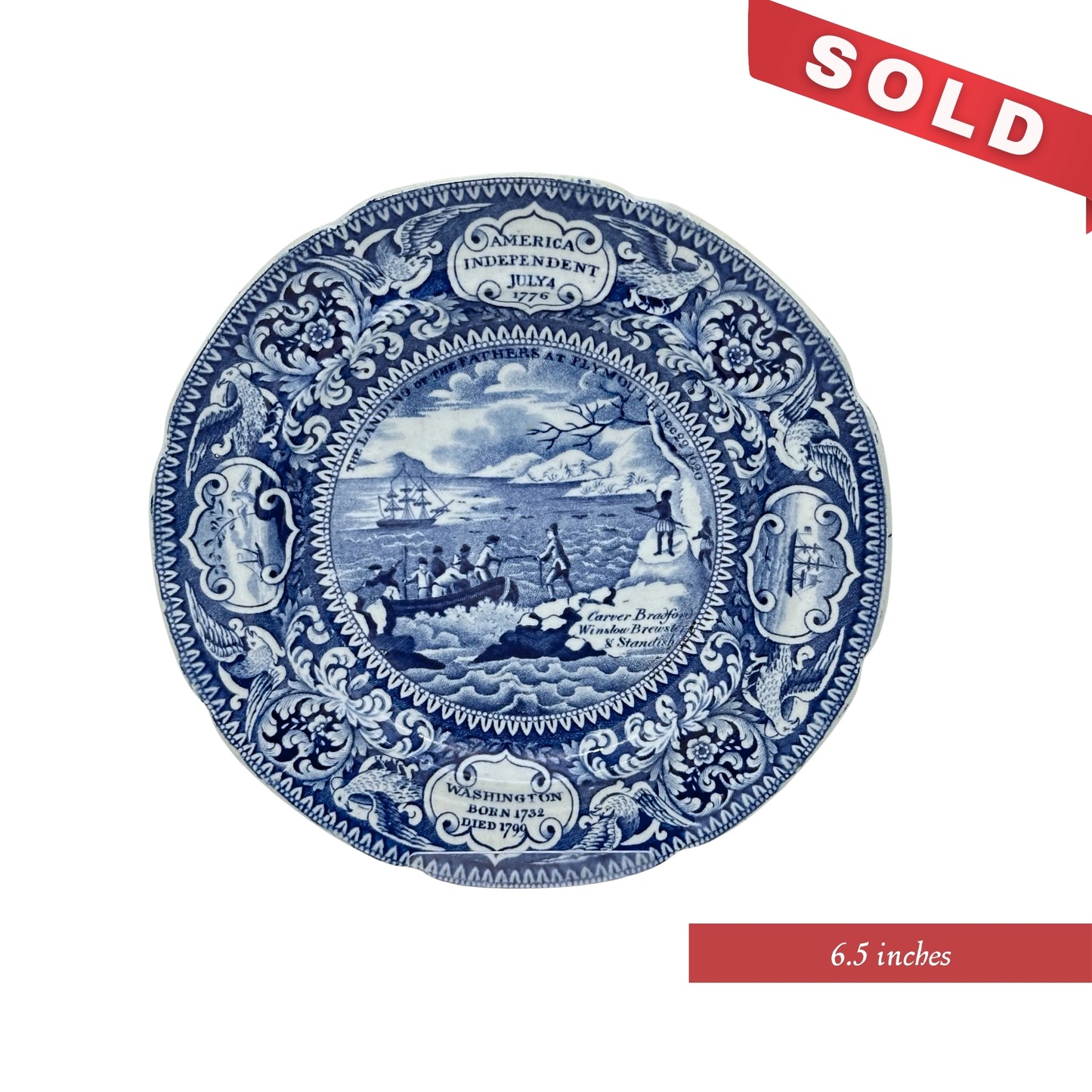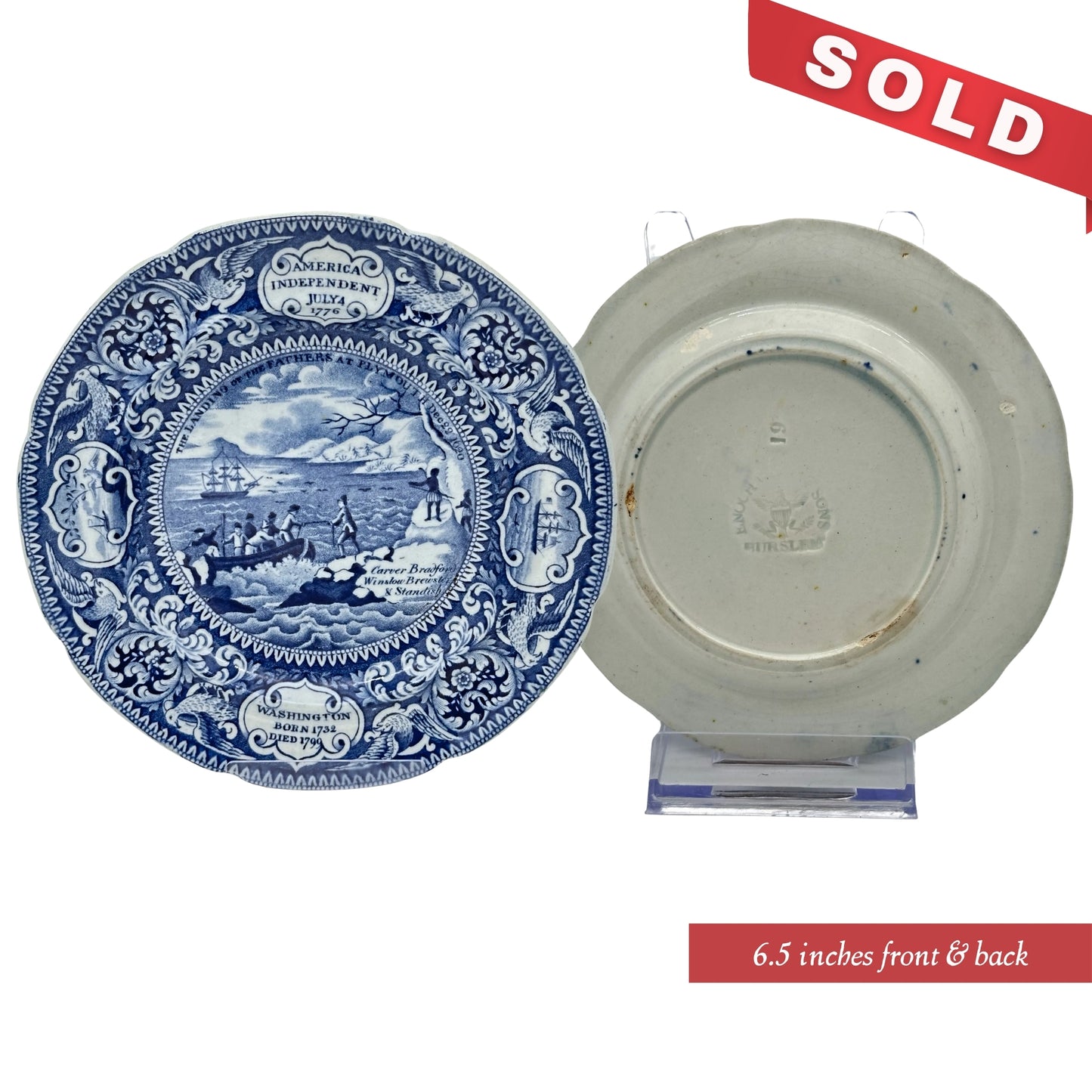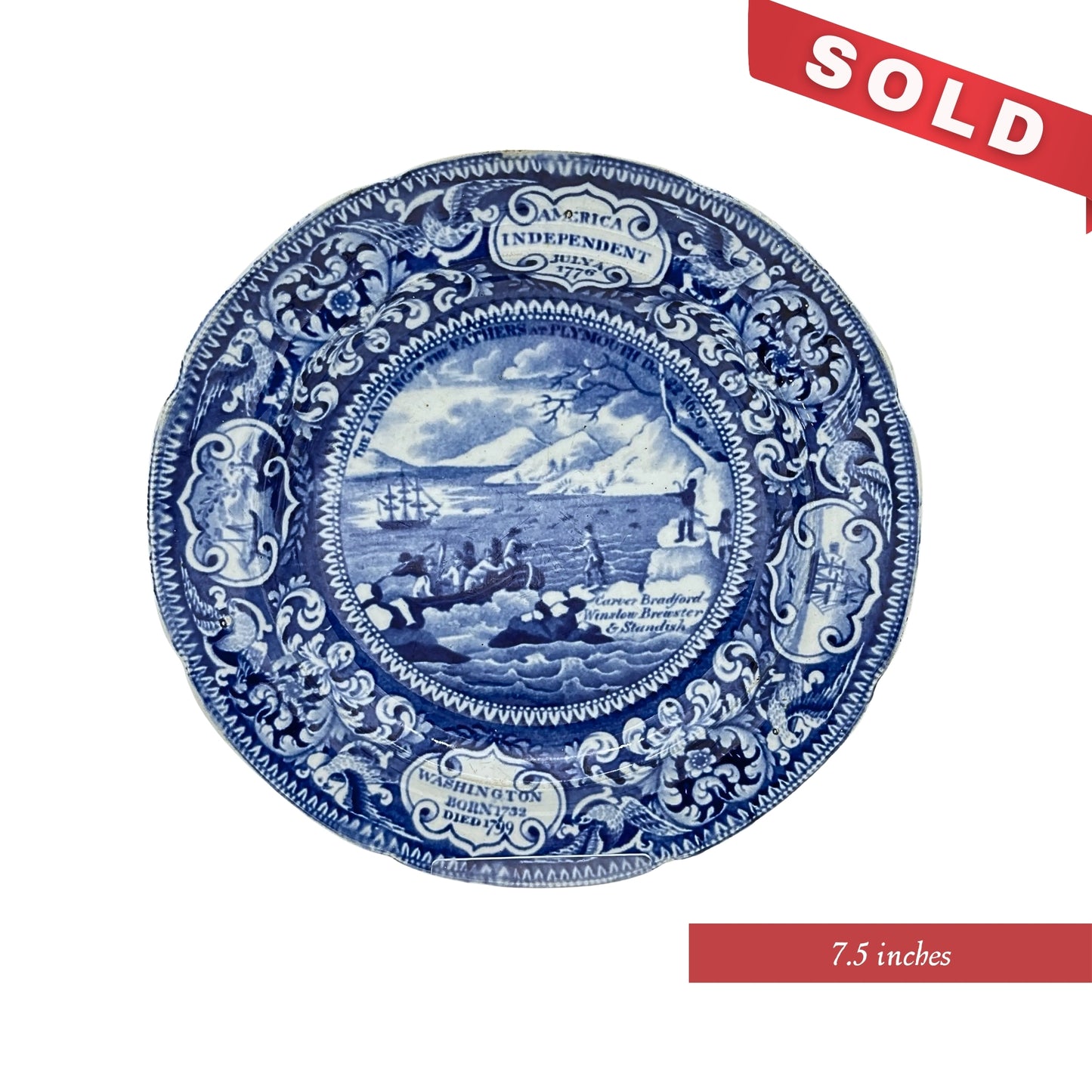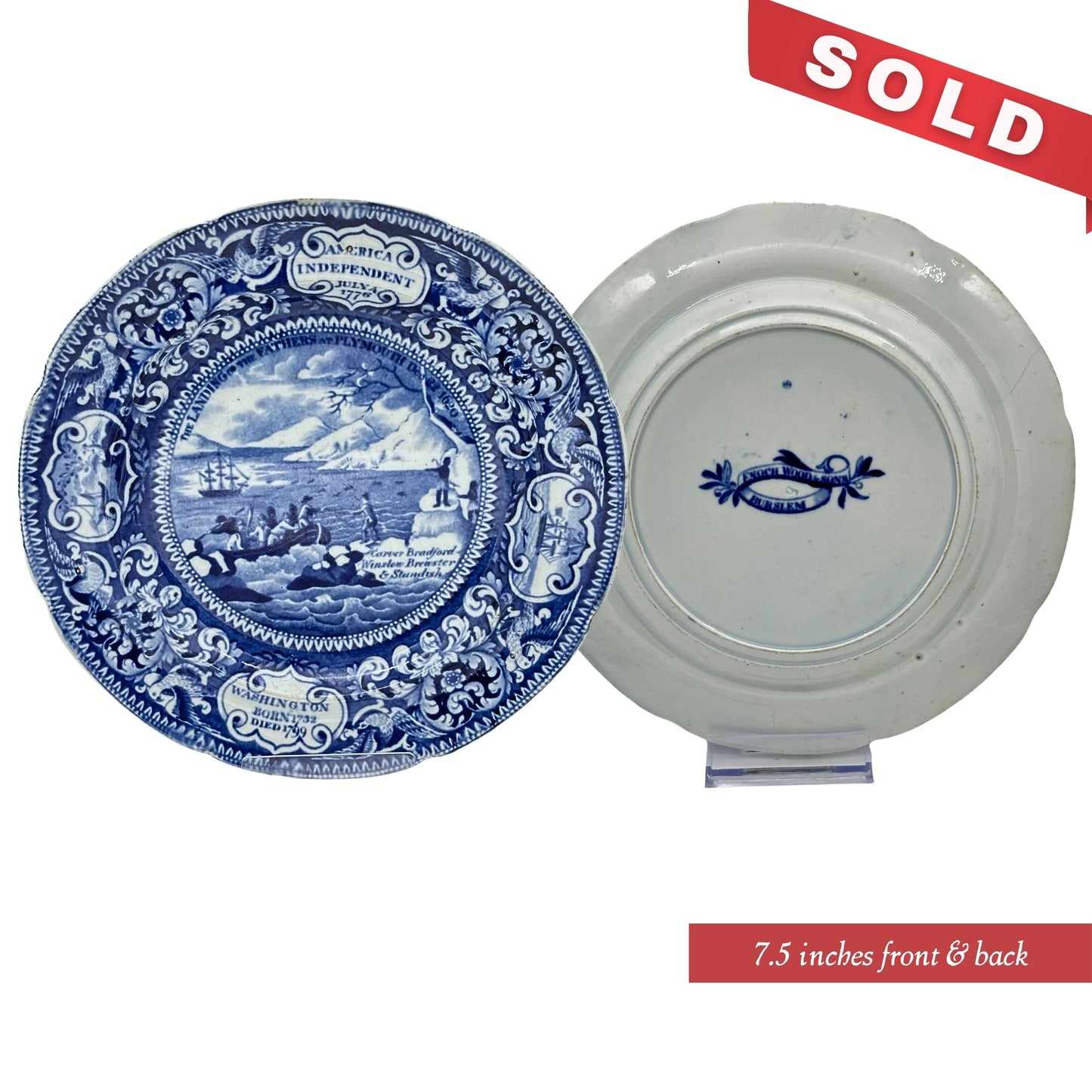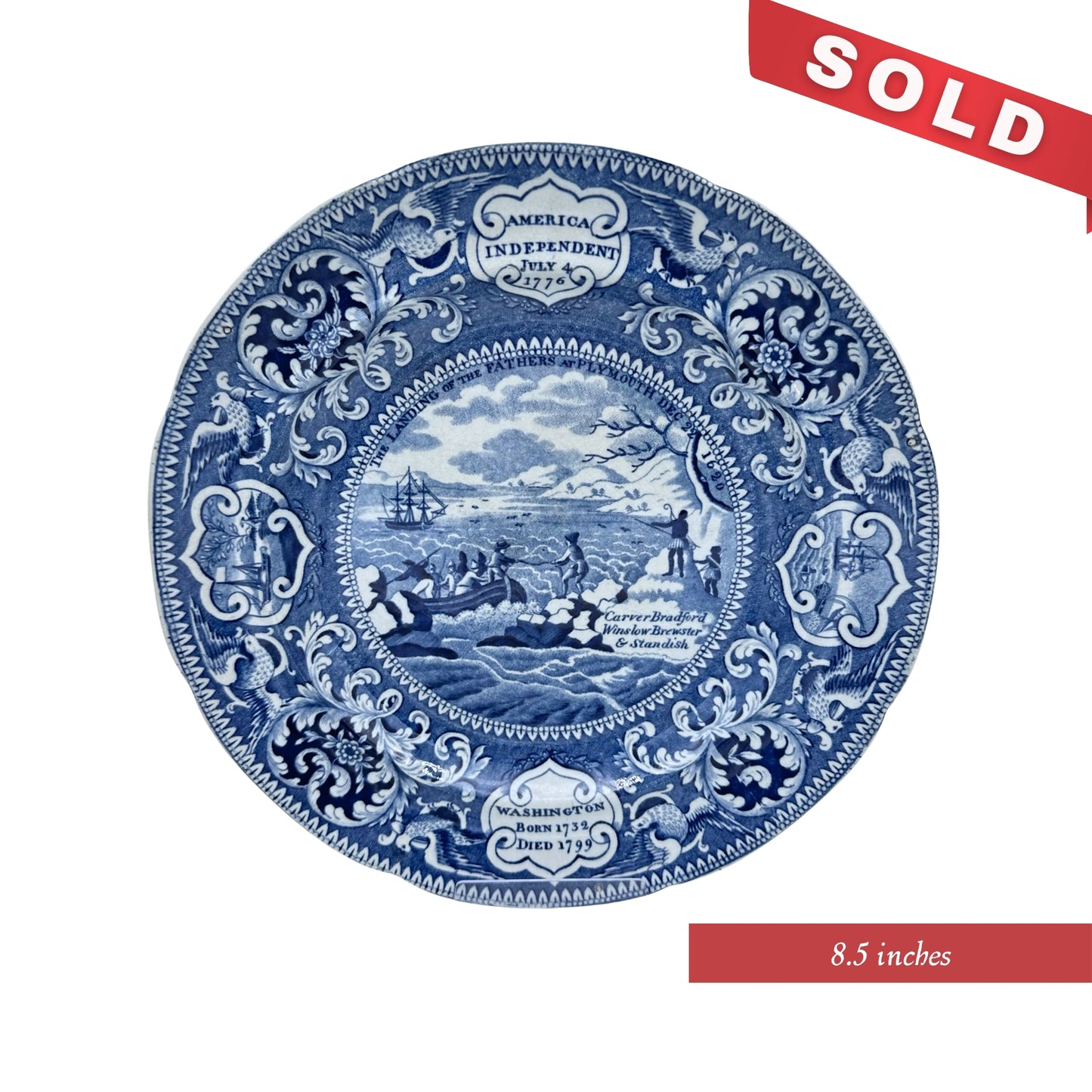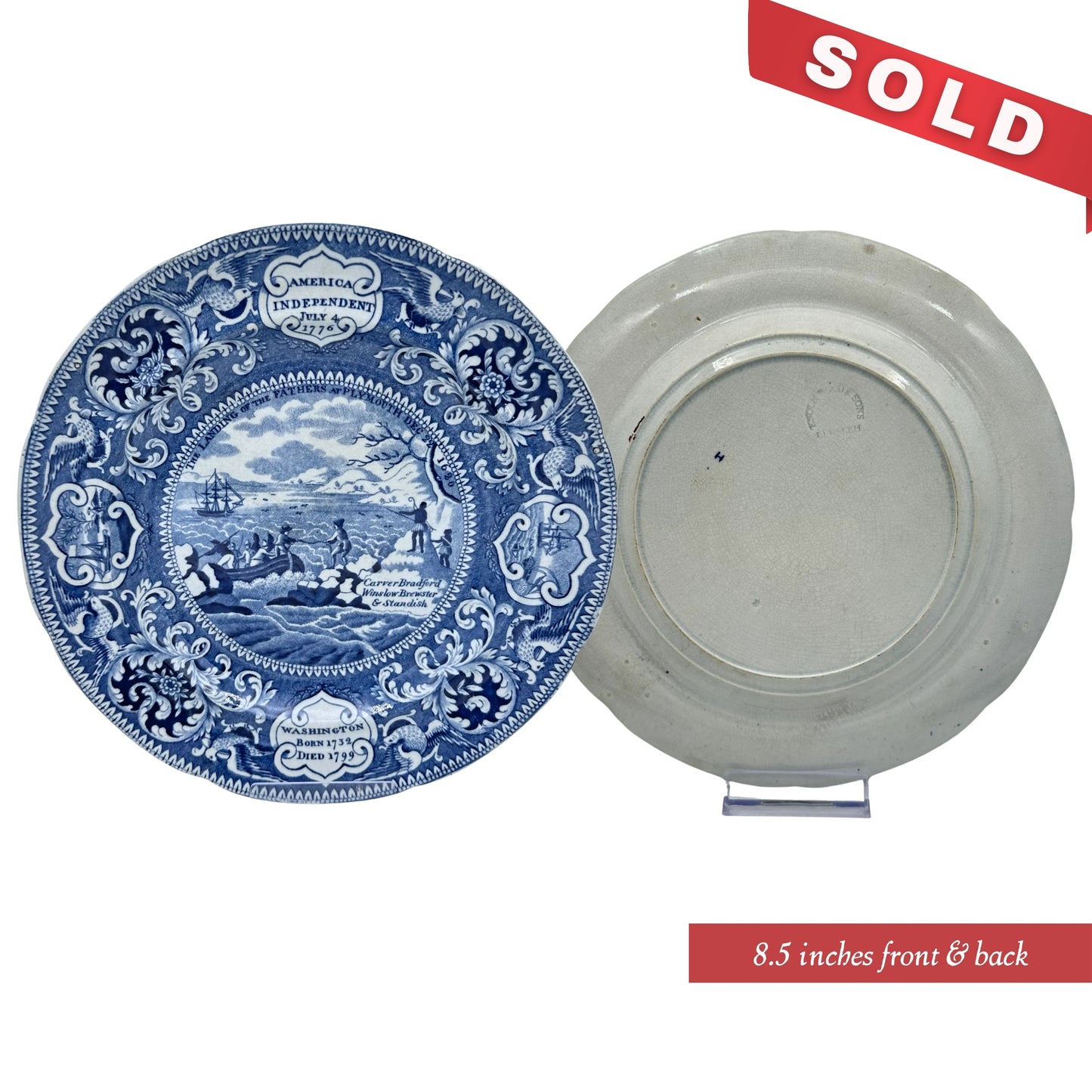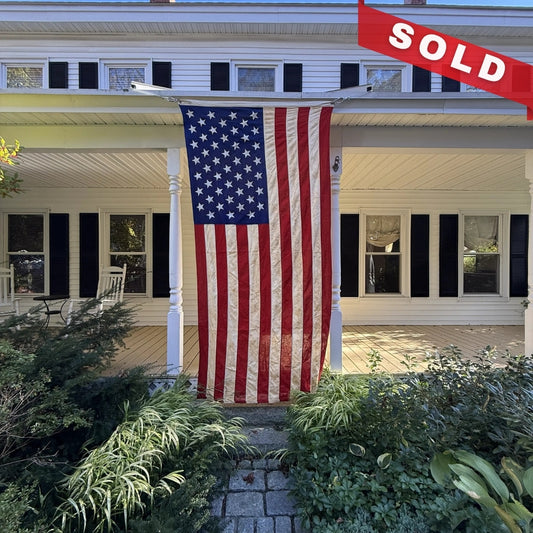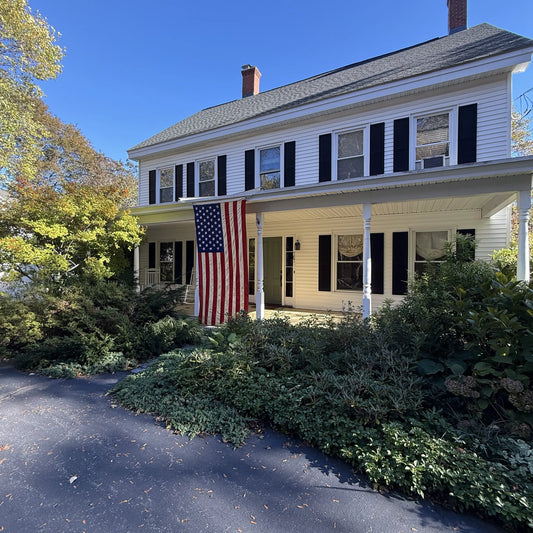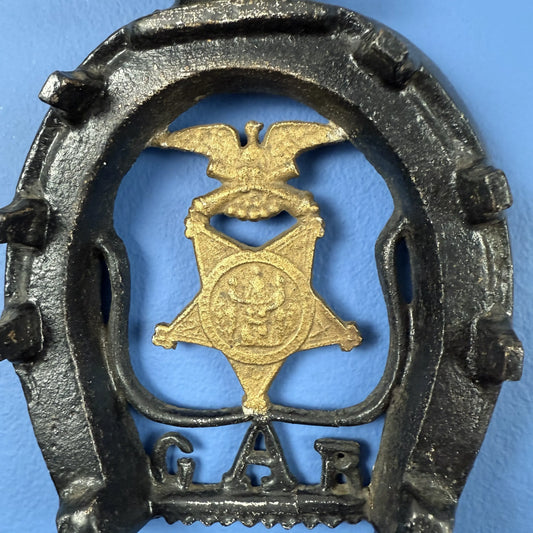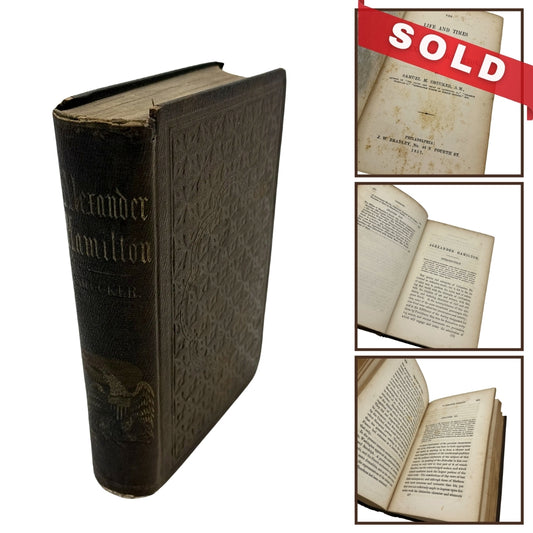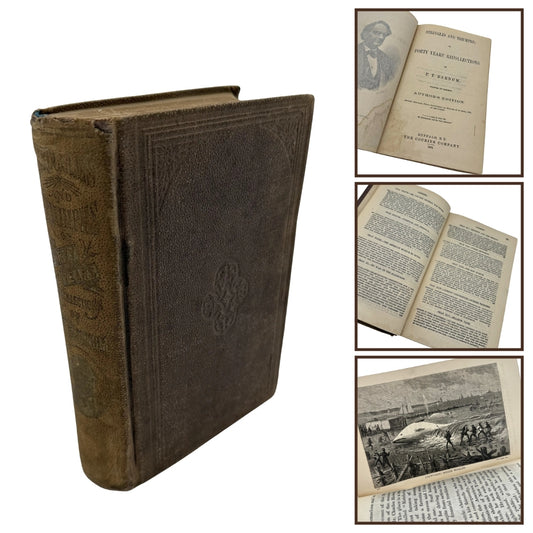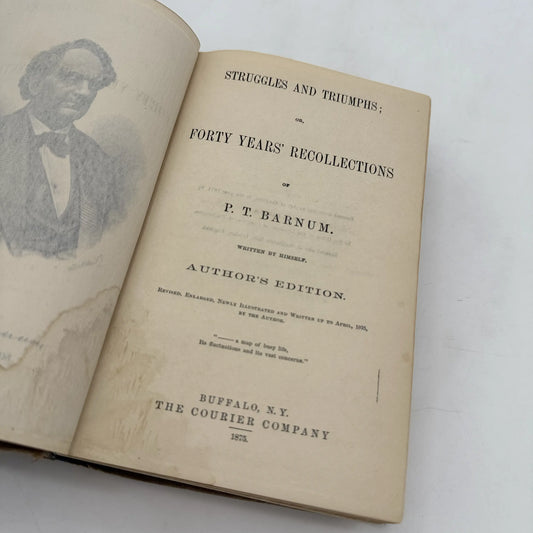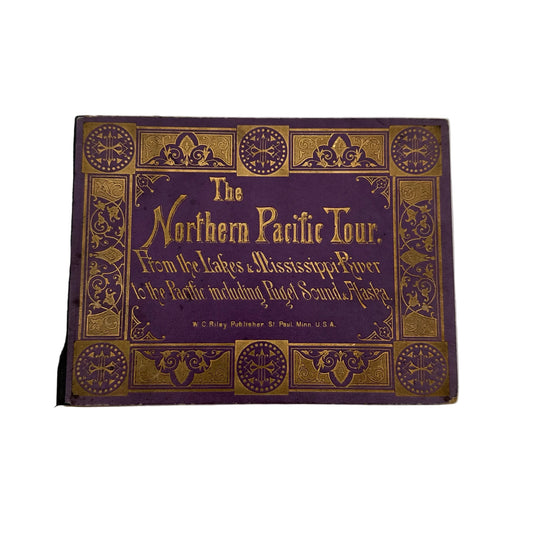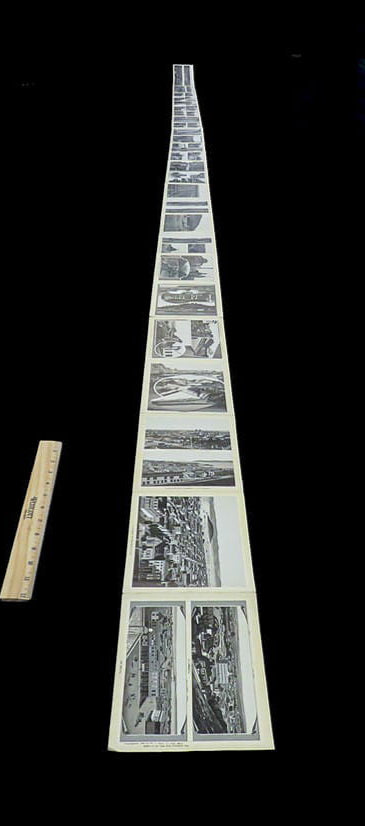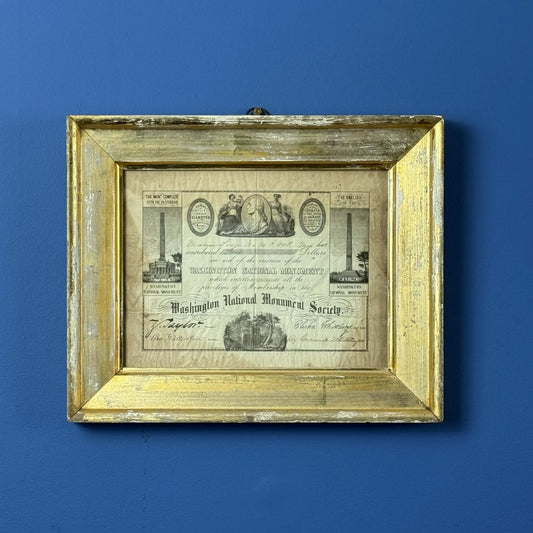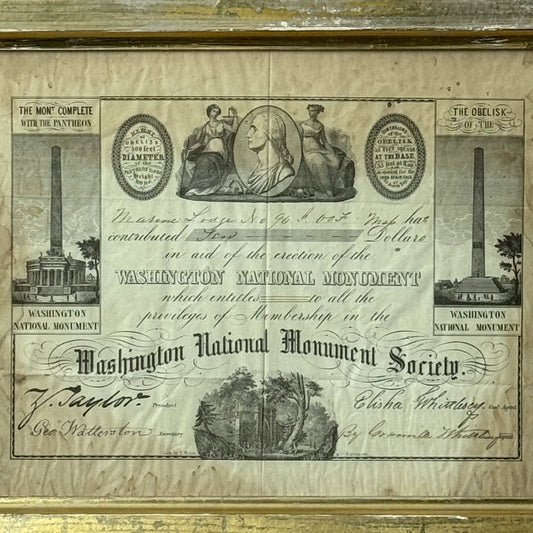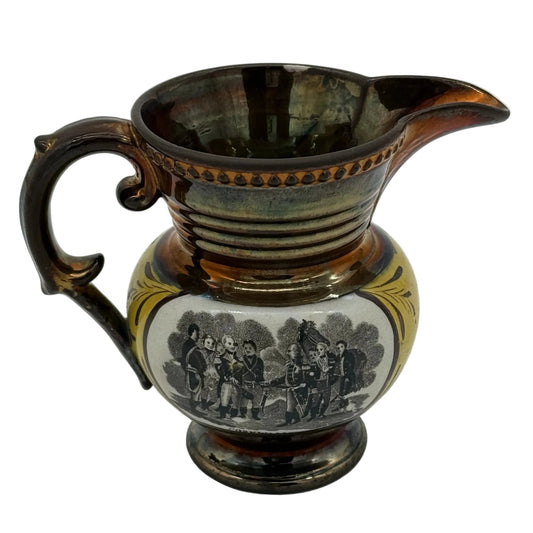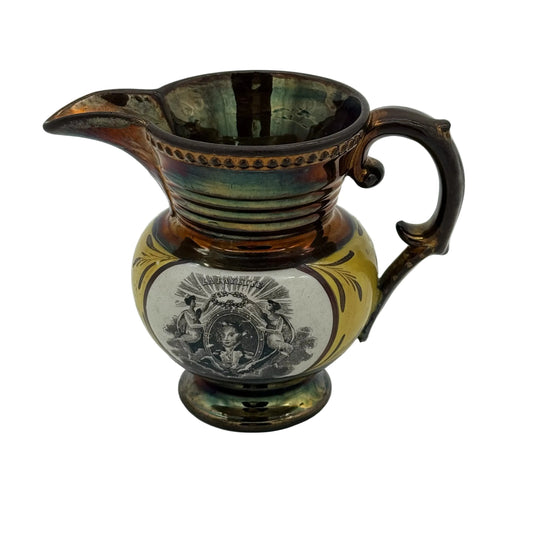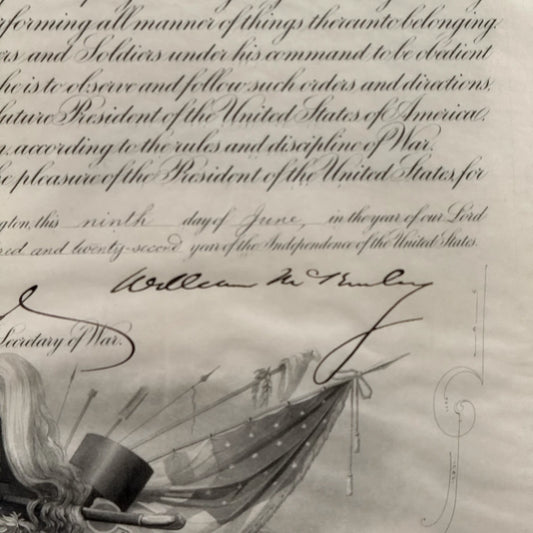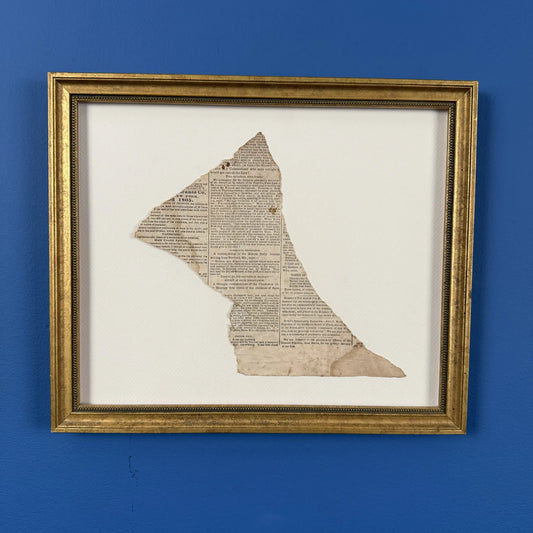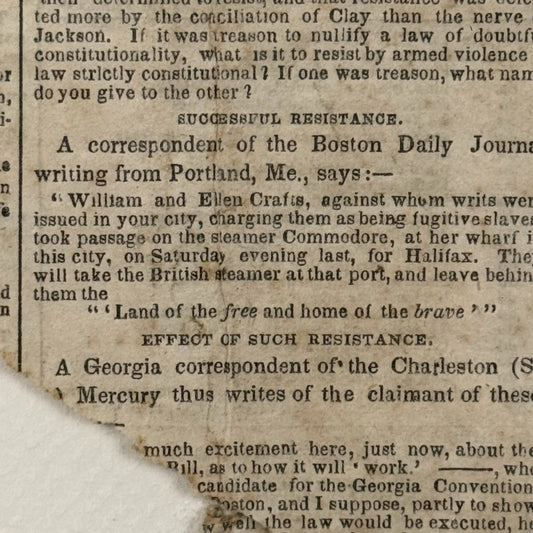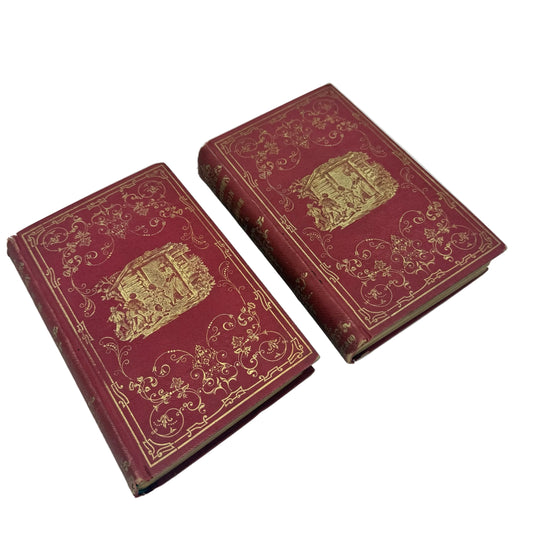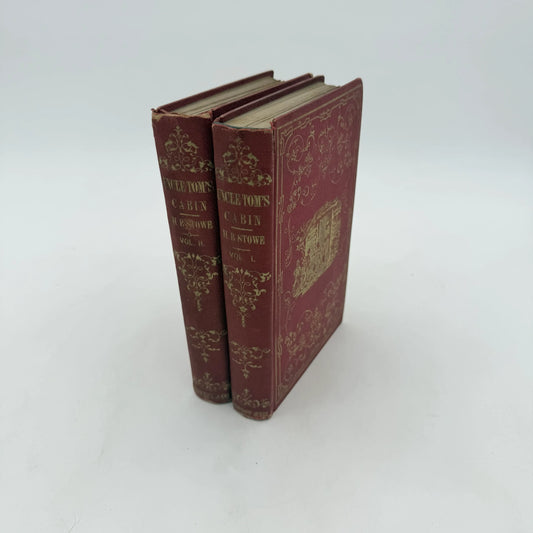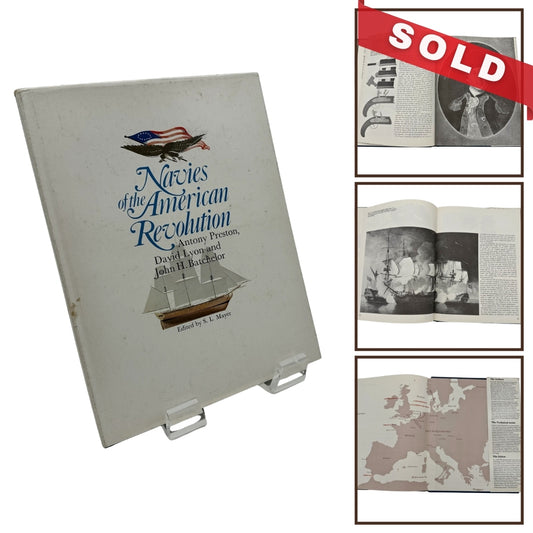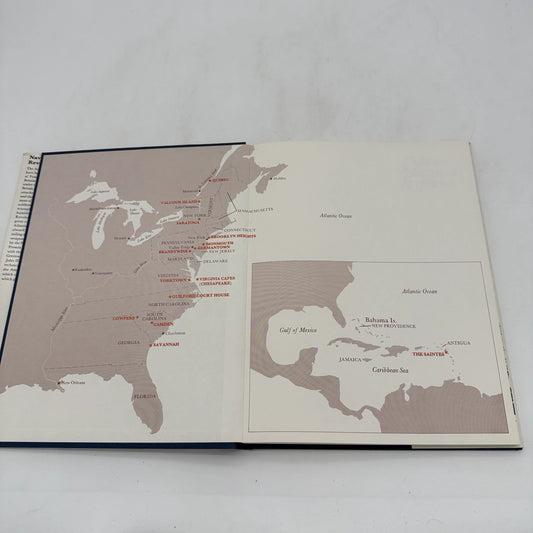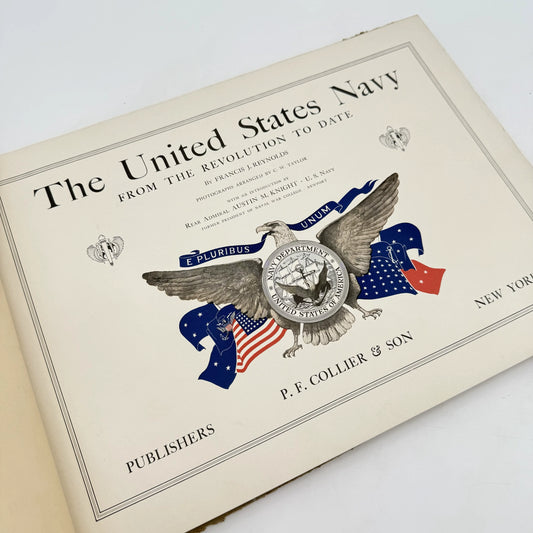"Landing of the Pilgrims" — Historical Staffordshire blue plates c1825
"Landing of the Pilgrims" — Historical Staffordshire blue plates c1825
Updated on December 8: All plates have been sold
Five antique Staffordshire pearlware plates celebrating the 50th anniversary of American Independence with a design commemorating the landing at Plymouth, the death of George Washington, the battle at sea that between USS Enterprise and the British Brig "HMS Boxer" during the War of 1812, and Robert Fulton's maiden steamboat voyage in August 1807 where he journeyed from New York City to Albany along the Hudson River and then returned back to New York City. (This last one is less certain since it's not identified.)
See the additional information below.
Sizes:
- 4.75 inches — Note the condition of the front and back. The price has been reduced to reflect the issues shown. — SOLD
- 6.5 inches — SOLD
- 7.5 inches — SOLD
- 8.5 inches — SOLD
- 10.25 inches — SOLD
Only one in each size.
Shipping: $10/plate. Please allow one week for shipping.
We have two detailed descriptions below.
The description below draws heavily from Nancy's Daily Dish
Antique Staffordshire pearlware plate celebrating the 50th anniversary of American Independence and several other important historical events of the young nation's past. The center scene is captioned "The LANDING of the FATHERS at PLYMOUTH, Dec. 22, 1620" and shows a small boat with about eight men attempting to land at a large rock while two Native Americans Indians watch from nearby.
Near them is this text:
This scene may be a version of several paintings or older engravings such as the "Landing of the Pilgrims" by Samuel Hill from c1798-1800 (engraved invitation used by the Sons of the Pilgrims for their first meeting in Boston in 1800) or the oil painting of the same title by Michele Felice Cornè from c1803-07 (painting currently on display at the White House in Washington DC, and has a number of anachronistic elements such as the American flags, Napoleonic period hat and British redcoats sitting in the landing boat). Consequently, Hill's engraving is the better and older of the two but since the plate was produced some 25 years later, one cannot say exactly where all the influences may have come from to produce yet this third version as found on this plate.
Besides highlighting the landing of the Pilgrim fathers at Plymouth, this plate also commemorates four other important events that also hold some significance in the history of America and its status as a growing power. These four other events are memorialized in the four cartouches placed equally around the outer rim and marly.
At the top of the plate, two words and a single date commemorate a very significant event sacred to all Americans and celebrated by Staffordshire potters who sought to capitalize on its 50th anniversary in 1825. The cartouche proclaims "`AMERICA INDEPENDENT' July 4, 1776." The student of history may note that this two word phrase is slightly different from how Americans refer to July 4th today or in recent memory. This slightly different phrasing points to a subtle difference between Americans and the British over exactly how to state what happened on that July day some 50 years earlier.
At the bottom of the plate, another cartouche simply lists "WASHINGTON Born 1732 Died 1799."
Along the left and right sides of the plate are two more cartouches, but these have small vignettes or scenes in them rather than written text.
The cartouche on the right side (at the 3 o'clock position) shows two ships opposing each other and in the surrounding scroll border are the names "Boxer" and "Enterprise."
This small cartouche commemorates a battle at sea that took place on September 5, 1813 between the USS Enterprise and the British Brig "HMS Boxer" during the War of 1812. . . .
In 1825, this war was a mere 10 years in passing and the Boxer vs Enterprise battle of September, 1813, was a curious event to select among the dozens of other battles recognized by historians today. But like many stories, the Boxer vs Enterprise sea battle has several layers that need to be peeled back before one begins to understand what really happened.
First, this battle was one of the few Atlantic coastal sea battles that also occurred within close range of the shore where many Americans could watch the unfolding events. The Enterprise had 14 carronades (short, light iron cannons) and two long brass nine pounders and the Boxer had 12 carronades and two long brass six pounders. The Boxer was under the command of 30 year old Samuel Blyth and the Enterprise under 27 year old Philadelphian William Burrows. Both captains were carrying out their very first commands and sadly both young captains were killed early in the battle and were subsequently buried in the same cemetery side by side back in Portland.
The battle lasted about 45 minutes, but did not commence until after nearly a full day of jockeying and positioning against each other after a calm briefly halted the maneuvering. Toward the end of the day and when both ships were within `half a pistol shot' of each other, the battle commenced with a full broadside of shot sent both ways at about the same time. Captain Blyth took a cannon ball straight on and died immediately. Soon after, Captain Burrows was hit by musket a musket ball and this wound would eventually prove fatal. Command shifted to the second in command on both ships, Lt David McCreery on the Boxer and Lt. Edward McCall on the Enterprise. As the battle continued the Enterprise was able to out maneuver the Boxer, cut across the Boxer's bow and rake her deck cutting down her main topmast and her foretopsail-yard.
The battle was immortalized in Henry Wadsworth Longfellow's poem "My Lost Youth," although more fictionalized than truthfully reported. Contrary to Longfellow's poem, the citizens of Portland could not see the events unfolding, however those located much farther east and out along the shore were able to be spectators to the battle. And this Staffordshire plate as produced by the Burslem pottery of Enoch Wood & Sons may be the only Staffordshire piece that commemorates the Boxer vs Enterprise sea battle.
The last event commemorated is not titled, but instead simply shows an early steamship apparently sailing on a river with its smoke stack billowing. The ship in the cartouche may be depicting Robert Fulton's maiden steamboat voyage in August 1807 where he journeyed from New York City to Albany along the Hudson River and then returned back to New York City.
In summary, this plate commemorates an small selection of events considered important to Americans from the settling of Plymouth Colony by the Pilgrims in 1620, to honoring George Washington's birth and passing, the importance of July 4, 1776, the perfection (not invention) of the steamboat, and finally the sea battle of the HMS Boxer and USS Enterprise in 1813. Of course, all of these choices were selected by Staffordshire pottery in hopes of pleasing American families and hence in garnering American consumers when America was celebrating its 50th anniversary as a new nation and growing power nearly 200 years ago. . . .
These were produced in England by Enoch Wood & Sons, a large pottery operation located in Burslem, a town in the Staffordshire pottery district. The Wood firm exported a vast quantity of pottery to American in the 1820s and 1830s and a single shipment sent to a Philadelphia China broker contained some 262,000 pieces of pottery (see Geoffrey A Godden's Encyclopedia of British Pottery and Porcelain Marks published in 1964 by Bonanza Books, New York 1964 pg 686).
Source: The description above is drawn largely from the excellent one at Nancy's Daily Dish.
From Patriotic America
The pattern on this plate was intended to boost trade with and bolster the pride of Americans. The design encompasses 179 years of American history and was produced on various items of tableware. It can be seen on a plate and on a large pitcher. The pitcher has a very different border and the configuration of the scene is also different. While not immediately obvious, the engravers here have included eagles—a prime symbol of the American Federal period—in this border dominated by scrolls, and four medallions with ships and inscriptions.
Source: The description above is from Patriotic America: Blue Printed Pottery Celebrating a New Nation.
Made by America
Made by America
Almost all of the new products we offer are designed by us and made in America and most of our Rare Finds were made in America.
Our original designs are based on our nation’s history and our love of American history. Read more about other things we've created, including The History List, History Camp, and The Pursuit of History, in addition to The History List Store.
Every product that is made in America states that in the product description and includes the "Made in U.S.A." graphic.
